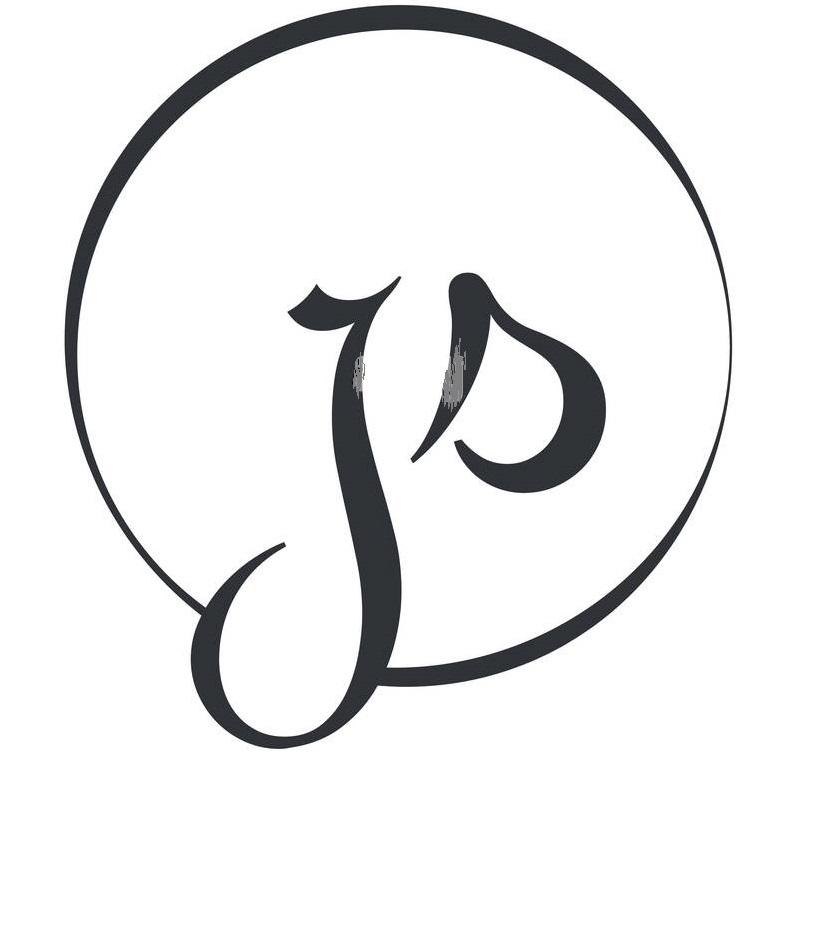Obsessive-Compulsive Disorder (OCD) is a challenging mental health condition marked by distressing intrusive thoughts and compulsive behaviors. While therapy and medication are effective treatments, OCD workbooks can be powerful self-help tools for managing symptoms.
One of the most recommended resources is "Overcoming Unwanted Intrusive Thoughts" by Sally M. Winston and Martin N. Seif. This article explores how OCD workbook—particularly this one—can help individuals regain control over their thoughts and behaviors.
Understanding OCD and Intrusive Thoughts
What Are Intrusive Thoughts?
Intrusive thoughts are unwanted, distressing mental images, urges, or doubts that feel uncontrollable. Common themes include:
-
Fear of harming oneself or others
-
Unwanted sexual or violent thoughts
-
Excessive concern about morality or religion
-
Fear of contamination or illness
Why Do These Thoughts Feel So Real?
The brain mistakenly treats these thoughts as threats, leading to:
-
Anxiety: The body reacts as if the thought is real.
-
Compulsions: Repetitive behaviors (e.g., checking, reassurance-seeking) to neutralize anxiety.
-
Avoidance: Steering clear of triggers, which reinforces fear.
How an OCD Workbook Can Help
Workbooks provide structured exercises based on Cognitive Behavioral Therapy (CBT) and Exposure and Response Prevention (ERP), the gold-standard treatments for OCD.
Key Benefits of Using an OCD Workbook
✅ Self-Paced Learning – Work through exercises at your own speed.
✅ Practical Strategies – Learn to tolerate uncertainty and resist compulsions.
✅ Normalization – Understand that intrusive thoughts are common and don’t define you.
✅ Complement to Therapy – Reinforce skills learned in professional treatment.
Review: "Overcoming Unwanted Intrusive Thoughts"
Authors:
-
Sally M. Winston, PsyD (Anxiety and OCD specialist)
-
Martin N. Seif, PhD (Anxiety disorder expert)
What Makes This Book Unique?
Unlike generic OCD books, this workbook-style guide specifically targets intrusive thoughts (including "Pure O" OCD, where compulsions are mental).
Key Lessons & Exercises
-
Understanding the OCD Cycle
-
How thoughts → anxiety → compulsions → more thoughts form a loop.
-
-
Why Fighting Thoughts Makes Them Worse
-
The paradox: The more you resist a thought, the stronger it becomes.
-
-
Cognitive Defusion Techniques
-
Learning to observe thoughts without reacting (e.g., "I’m having the thought that...").
-
-
ERP for Mental Obsessions
-
Gradual exposure to feared thoughts without mental rituals.
-
-
Acceptance & Mindfulness
-
Reducing struggle through mindfulness rather than suppression.
-
Who Should Read It?
✔ People with OCD (especially "Pure O")
✔ Those with anxiety-related intrusive thoughts
✔ Therapists looking for client resources
✔ Family members wanting to understand OCD
Other Highly Recommended OCD Workbooks
1. "The OCD Workbook" by Bruce M. Hyman & Cherry Pedrick
-
A comprehensive guide with ERP exercises for all OCD subtypes.
2. "The Mindfulness Workbook for OCD" by Jon Hershfield & Tom Corboy
-
Combines ERP with mindfulness for a holistic approach.
3. "Getting Over OCD" by Jonathan Abramowitz
-
A science-backed, step-by-step recovery plan.
4. "Brain Lock" by Jeffrey Schwartz
-
Focuses on the Four-Step Method to rewire OCD responses.
How to Use an OCD Workbook Effectively
-
Commit to Consistency – Dedicate 15–30 minutes daily.
-
Practice, Don’t Just Read – Complete exercises, not just passive reading.
-
Track Progress – Journal changes in anxiety levels and compulsions.
-
Combine with Professional Help – Use it alongside therapy if possible.
FAQs About OCD Workbooks
1. Can a workbook alone cure OCD?
No, but it’s a powerful supplement to therapy. Severe OCD may require professional ERP or medication.
2. Is "Overcoming Unwanted Intrusive Thoughts" good for "Pure O"?
Yes! It’s one of the best resources for mental obsessions without visible compulsions.
3. How long does it take to see results?
Varies by individual, but consistent practice can show improvements in weeks.
4. Are workbooks suitable for teens with OCD?
Yes, though younger readers may prefer "What to Do When Your Brain Gets Stuck" (Dawn Huebner).
5. What if the workbook triggers my anxiety?
Start slowly, use grounding techniques, and consult a therapist if needed.
6. Can I use multiple workbooks at once?
Focus on one to avoid overwhelm, then explore others later.
Final Thoughts
OCD workbooks like "Overcoming Unwanted Intrusive Thoughts" provide practical, evidence-based tools to break free from the cycle of obsessions and compulsions. While they’re not a substitute for therapy, they empower individuals to take an active role in recovery.
Have you tried an OCD workbook? Share your experience in the comments!
Where to Buy These Workbooks:
-
Amazon
-
Book Depository
-
Local bookstores
-
Free PDFs (for some titles) via Google Scholar or library access
Recovery is possible—start your journey today!

